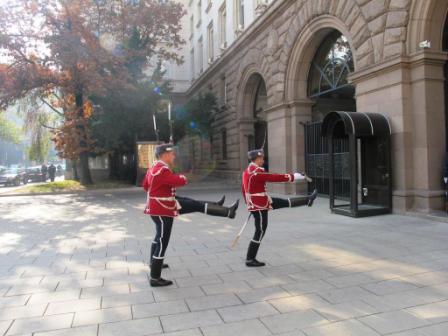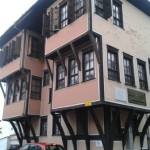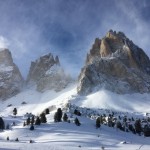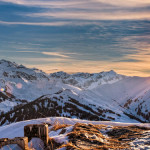This was, to say the least, a little on the odd side. I wasn’t expecting to see two gentlemen playing the bagpipes, bearing in mind I was in a traditional Bulgarian Inn. Then again, everything I had experienced up to then in Bulgaria had been unexpected. The food, the people and the quite extraordinary history, had all been a very pleasant surprise.
It seems bagpipes, or kaba gaida as they are known in these parts, are all the rage in the Balkans although their plaintive sounds are quite different from the more familiar highland variety. Nevertheless, it was a highly enjoyable taste of rural Bulgarian hospitality, complete with spit-roasted tender lamb cooked for over six hours and the most delicious potato pancakes.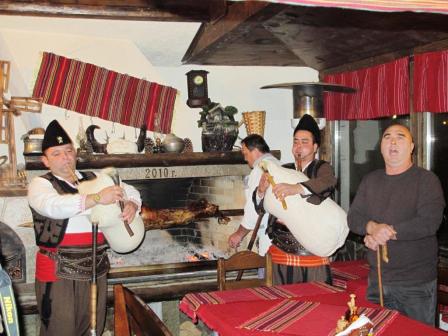
Bulgaria to my mind evokes images of winter sports in Pamporovo and summers by the wide beaches of the Black Sea. But there is another side to this underrated country waiting to be discovered and it is a fascinating journey. There’s rose oil for a start. Who knew that most of the world’s precious rose oil comes from Bulgaria? There are over six hundred hot mineral springs, no less than fifty wine producers and over one hundred and sixty monasteries.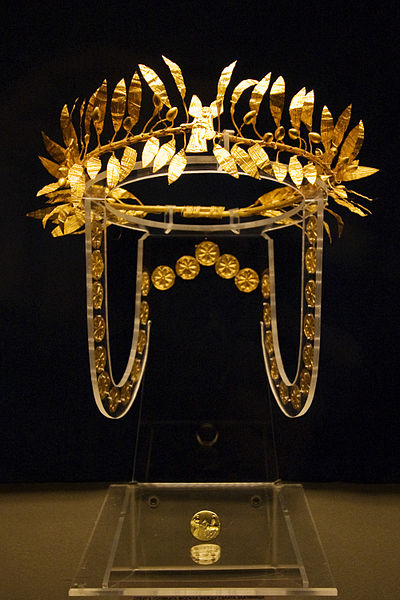
At first glance, Sofia, Bulgaria’s capital gives precious little clues as to the riches that abound further afield. It is like many capital cities; rows of apartment blocks, busy traffic and busier people going about their daily lives. There are however historic, and architectural landmarks to be found here if you know where to look. In particular, St. Alexander Nevski Cathedral is a towering Russian edifice greatly revered by Sofians, whilst the Boyana Church in the shadow of the nearby Vitosha Mountains is a treasure trove of medieval paintings and the vast collection of medieval graves under the Hagia Sophia Church in the city centre are fascinating. My particular favourite though is the National Museum of History. Set in a former communist era government building, it is a treasure trove in the literal sense. Amongst the 600,000 ancient Balkan exhibits is the jaw dropping Thracian solid gold treasure from thousands of years before Christ. Trust me it’s stunning.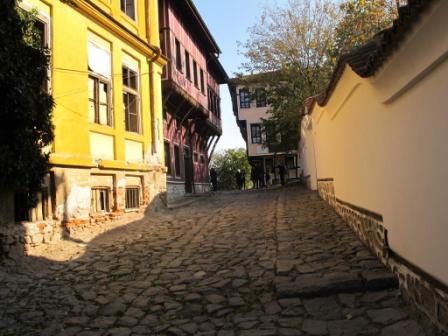
Away from Sofia you’re in UNESCO territory where stunning wind-whipped rock formations abound and fertile valleys sustain traditional villages still doing things the way they’ve been doing them for years. Plovdiv, Bulgaria’s second city is as old as Troy. There’s 5,000 years of history to be explored including a stunning roman stadium and a wonderful old town with some remarkably restored houses giving glimpses of how the wealthy townsfolk spent their days.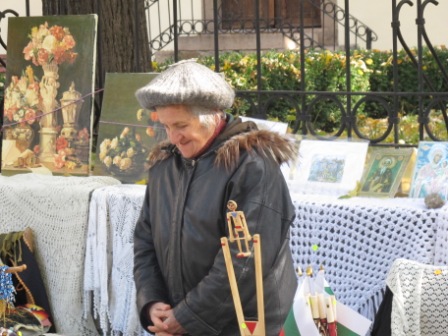
Assenovgrad, founded by the Thracians in 300 BC is known locally as the Bulgarian Jerusalem due to the number of churches and monasteries in the area. Perhaps it’s no surprise then it’s Bulgaria’s go to place for wedding dresses. The fabled Mavroud grape is also found in these parts, making a delicious full bodied red wine that was in plentiful supply when I visited a local supplier who insisted I drank enough of it to absolutely make up my mind about its flavours.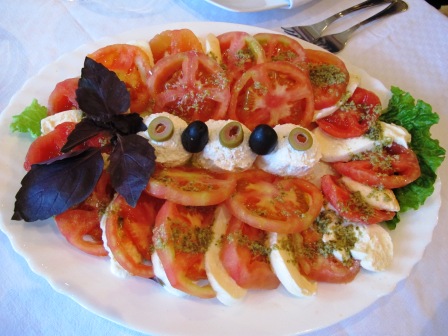
But my favourite memory of this region was discovering a Thracian fortress just outside of town that had been guarding the valley below for eternity. Clambering up a perilous rock path eventually led me to Asen’s Fortress and a small medieval church with stunning views across the entire Rhodope mountain range.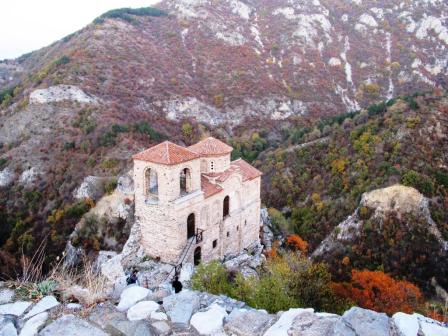
It seems wherever I went in Bulgaria, Thracian traces were ever present, their influence clearly shaping the country we see today although the Ottomans, Greeks and Romans took their turns too.
It is a country that constantly challenges perceptions as it throws off the shackles of its communist past and rejoices in its freedom along with its choice of bagpipes.
Main image: Sofia Presidential Palace Guards (c) Andy Mossack

